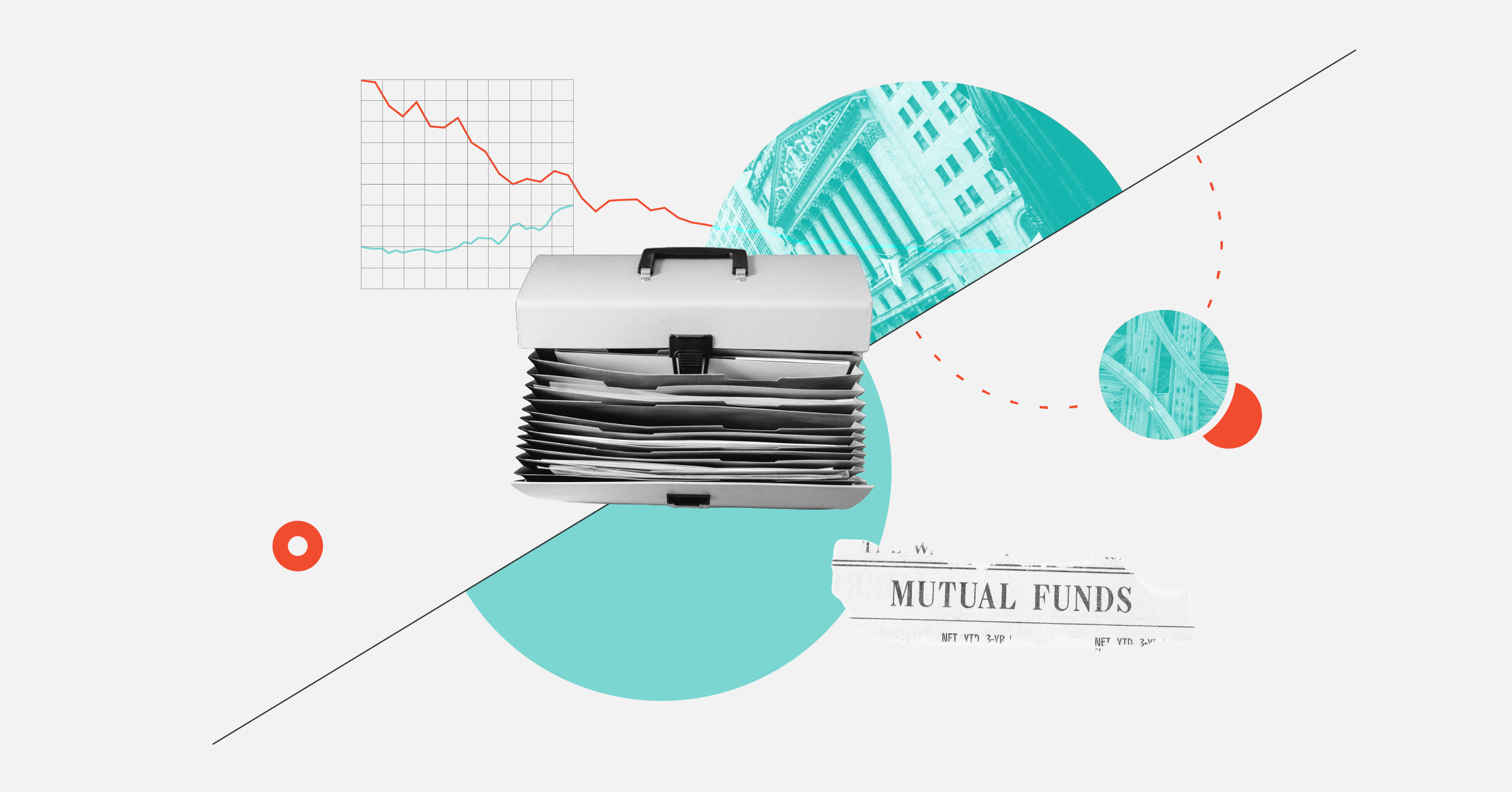3 Stock Funds With Potential Liquidity Challenges
These equity funds could get squeezed if things go wrong.

When funds invest in less-liquid asset classes, they face the challenges of running a portfolio that must allow investors to buy or sell every day. Liquidity can be looked at from multiple angles. One is to look at daily volume numbers to see how long it would take to exit a position under various scenarios. Another way is to look at absolute ownership levels in a company, at both the fund and firm levels, as deep liquidity risk tends to manifest when everyone wants to sell out of a specific stock at the same time because of some idiosyncratic trigger.
This was epitomized by the failure of Silicon Valley Bank in March 2023 and the rush for the exits in Wirecard after its fraudulent activity was exposed in June 2020. Neither stock was seen as particularly risky from a daily volume point of view, as both were traded heavily just days before their collapse. However, once the bad news hit, holding any amount of either stock became problematic.
So, investors should consider both volume and ownership statistics when analyzing a fund’s liquidity profile. Low levels of daily volume can make handling flows challenging, while high ownership in single companies creates single-stock blowup risk. Below are three funds that, relative to peers, screen as particularly illiquid under different lenses.
Ariel Fund ARGFX
About 18% of Ariel Fund’s assets sit in companies in which it owns more than 5% of outstanding shares. These include large portfolio positions like Leslies LESL, a pool supply company where this portfolio owns more than 9% of its shares, and Sphere Entertainment SPHR, which operates the Sphere in Las Vegas and owns the MSG regional sports networks. The fund, which has a Morningstar Medalist Rating of Neutral, also owns more than 5% of Adtalem Global Education’s ATGE shares, and this is the portfolio’s largest position at over 5% of assets. The number of shares owned in each company does not represent huge amounts of the companies’ daily volume, so while handling even large flows should be manageable, big issues at any of these companies can create a problem.
Baron Growth BGRFX
Baron Capital is no stranger to large positions, and this Bronze-rated mid-cap growth fund is no different. About 13.5% of its assets sit in companies in which the mutual fund owns 5% or more of outstanding shares. Baron, though, often holds the same stocks across multiple strategies, so the combined exposure to single companies is often quite large. For instance, Baron as a firm owns nearly 13% of Vail Resorts’ MTN shares, including 5% within this portfolio. Similarly, this fund holds about 6% of Choice Hotel’s CHH shares, while Baron as a firm controls about 10%. Baron is not quick to trade in and out of names, but should any issues arise in those companies, performance could be challenged across multiple strategies.
Virtus KAR International Small-Mid Cap VISAX
This Neutral-rated strategy holds 5% or more of only one company’s shares, but it is the portfolio’s top position, Baltic Classifieds Group, which accounts for 9% of the portfolio. As of June 2024, the fund held roughly 29 million of the company’s 485 million shares. From a daily volume perspective, though, this portfolio looks particularly illiquid, as it owns a number of stocks, including Baltic Classifieds, where it holds far more shares than what trades on a daily basis. The fund has seen significant outflows in the past couple of years, which have seemingly required the managers to find off-exchange liquidity. For instance, they sold more than 16 million shares of Fineos FNCHF in the second quarter of 2022, a period when Morningstar data shows only 13 million shares trading on exchanges. In that quarter, the stock fell roughly 50%, though it is hard to conclude that the fund’s trading was the cause of it. The stock was troubled beforehand, having fallen about 45% in the prior quarter. Still, with illiquid stocks, sharp outflows require sage trading to avoid spooking the market.
This article first appeared in the August 2024 issue of Morningstar FundInvestor. Download a complimentary copy of FundInvestor by visiting this website.
The author or authors do not own shares in any securities mentioned in this article. Find out about Morningstar’s editorial policies.

/s3.amazonaws.com/arc-authors/morningstar/b0c51583-b9a2-49eb-9a8f-5f25a8bda4a3.jpg)
/cloudfront-us-east-1.images.arcpublishing.com/morningstar/NPR5K52H6ZFOBAXCTPCEOIQTM4.png)
/cloudfront-us-east-1.images.arcpublishing.com/morningstar/OMVK3XQEVFDRHGPHSQPIBDENQE.jpg)
/d10o6nnig0wrdw.cloudfront.net/09-24-2024/t_c34615412a994d3494385dd68d74e4aa_name_file_960x540_1600_v4_.jpg)
:quality(80)/s3.amazonaws.com/arc-authors/morningstar/b0c51583-b9a2-49eb-9a8f-5f25a8bda4a3.jpg)